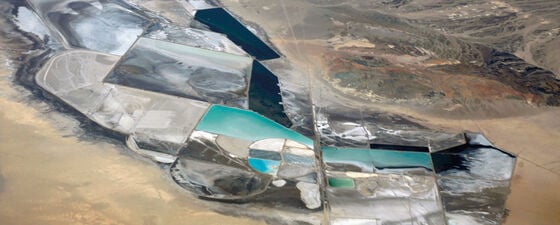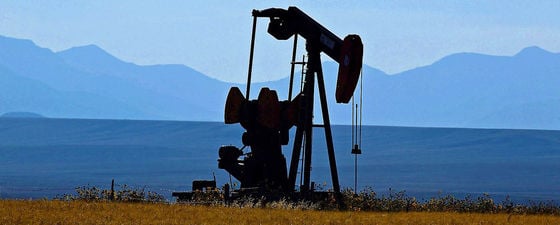The Valdez spill was the largest ever in US waters until the 2010 Deepwater Horizon accident. A massive clean-up effort was instigated immediately, with more than 11,000 Alaskan residents involved.
While the vessel carried some 1.25 MMbo, ‘only’ a fifth of this ran into the water. The oil was on its way from Prudhoe Bay, the largest oil field in the US, which originally contained approximately 25 billion barrels of oil in place.
What actually happened was that the Exxon Valdez departed from the Trans Alaska Pipeline terminal at 9:12 pm on 23 March. A little later, the vessel encountered icebergs in the shipping lanes and it was decided to take the tanker out of the lanes to go around the icebergs and to turn back into the shipping lanes when it reached a certain point. However, it failed to make that turn back and the ship ran aground at 12:04 am on 24 March.
According to ExxonMobil, it was “one of the lowest points in its 125-year history”. Economically, the company spent US$4.3 billion in compensation, clean-up payments, settlements and fines.
According to others, it was one of the worst environmental disasters in US history due to the enormous toll on the wildlife, landscape and people of southern Alaska. Roughly 2,000 km of shoreline and 28,000 km2 of ocean (almost five North Sea quadrants) were polluted through the action of currents and storms, killing as many as 3,000 sea otters the first year. Some of us also remember depressing photos of birds soaked in oil. However, sea otters in the most affected parts of Prince William Sound have now recovered to their pre-spill numbers, according to US Geological Survey research biologist Brenda Ballachey.
In 1992, the US Coast Guard declared the clean-up complete. Others say that oil is still found trapped between and under the boulders on beaches in the Gulf of Alaska. Author Marybeth Holleman has her own opinion: in a CNN broadcast she says that “thousands of gallons of Exxon Valdez oil still pollute the beaches; this oil is still toxic and still hurting the ecosystem near the shore”, and that “the Sound’s coastal ecosystem is permanently damaged”.
So even after 25 years, the long-term effects of this spill are still being debated.




